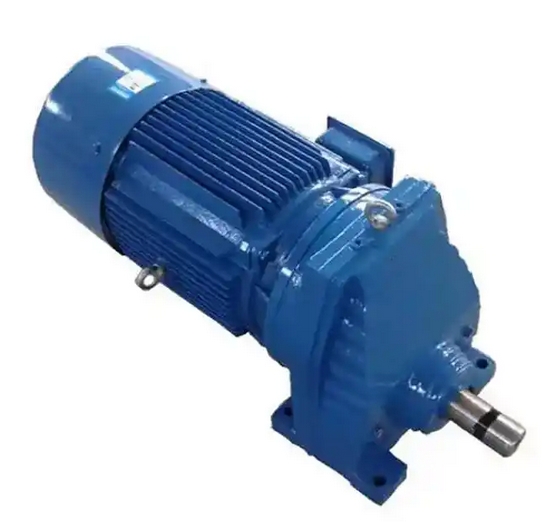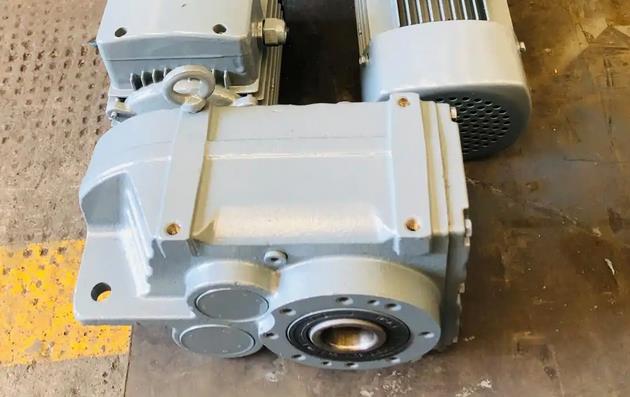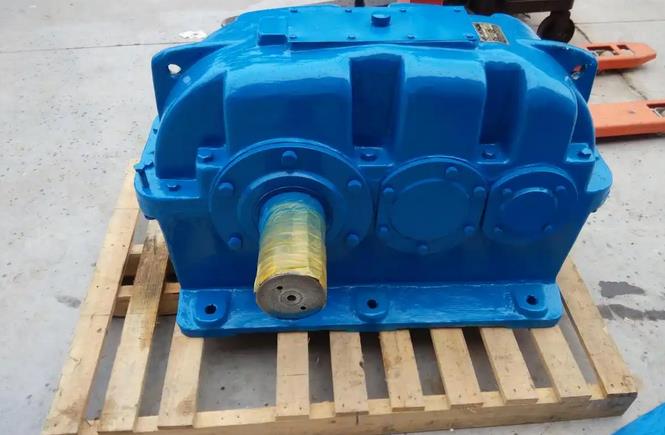How to determine if the bolts of RX67-Y3-4P-2.40-M6 helical gear reducer are securely fastened in place
To determine whether the bolts of the RX67-Y3-4P-2.40-M6 helical gear reducer are securely fastened, the following methods can be used as a reference:Visual inspection method: By observing the surface of the bolt, the position of the nut, and the compression of the washer, it is preliminarily determined whether the bolt is loose. If there is significant displacement of the bolt, changes in the gap between the nut and the washer, or if the opening of the spring washer is not completely flattened in the area with a spring washer, it may be that the bolt is not tightened in place. But this method cannot accurately determine some hidden parts or small looseness, and can only be used as a preliminary inspection method.

Torque inspection method: Use a torque wrench to measure the actual torque value of the bolt, and compare it with the torque value required by the design to determine whether the bolt is tightened in place. There are various specific operating methods, such as the tightening method, which involves using a torque wrench to continue tightening the bolt. At the moment when the bolt transitions from a static friction state to a dynamic friction state, the value on the torque wrench is read. The loosening method (marking method) is more intuitive. First, draw a line between the bolt and the mechanism, then use a torque wrench to loosen the bolt by about 90 degrees, and slowly tighten the bolt. When the bolt is aligned with the marking line, read the value of the torque wrench. If the measured value is within the allowable deviation range of the design torque value, it can be considered that the bolt is tightened in place.
Tension measurement method: Directly measuring the axial tension of the bolt can more accurately reflect the pre tension state of the bolt. The commonly used measurement methods include strain gauge method, ultrasonic method, etc. This method is relatively complex to operate and requires professional equipment, but it can provide a basis for accurate assessment of bolt tightening status.
Comprehensive inspection method: In the actual inspection process, multiple inspection methods are usually used to comprehensively evaluate the tightening status of bolts. Firstly, conduct a visual inspection to preliminarily determine if there is any obvious looseness; Then use a torque wrench to measure the actual torque value and compare it with the design requirements; If necessary, tension measurement method can also be used to accurately measure the pre tightening force of bolts. Through multi-dimensional inspection and analysis, comprehensively grasp the tightening status of bolts.




